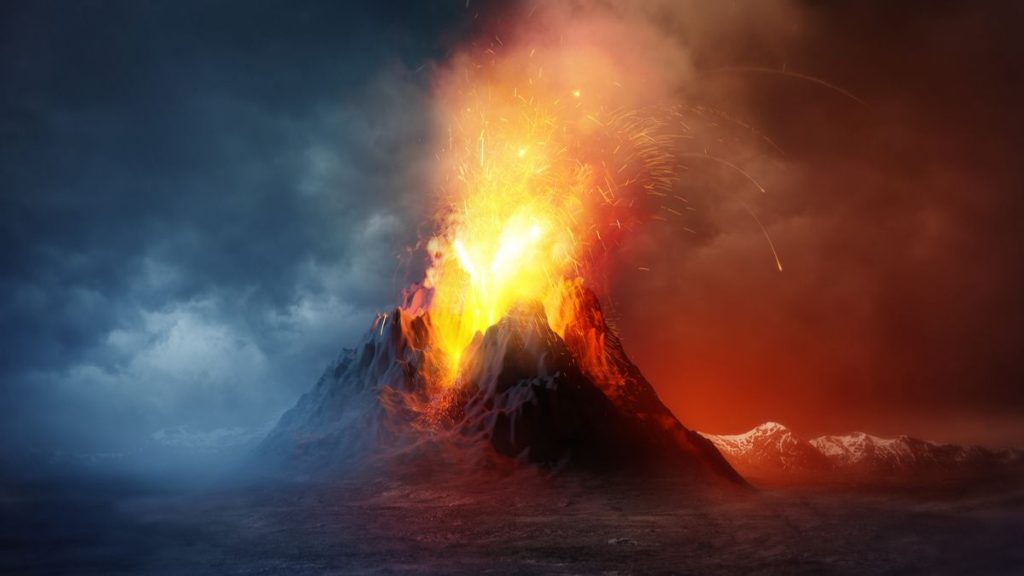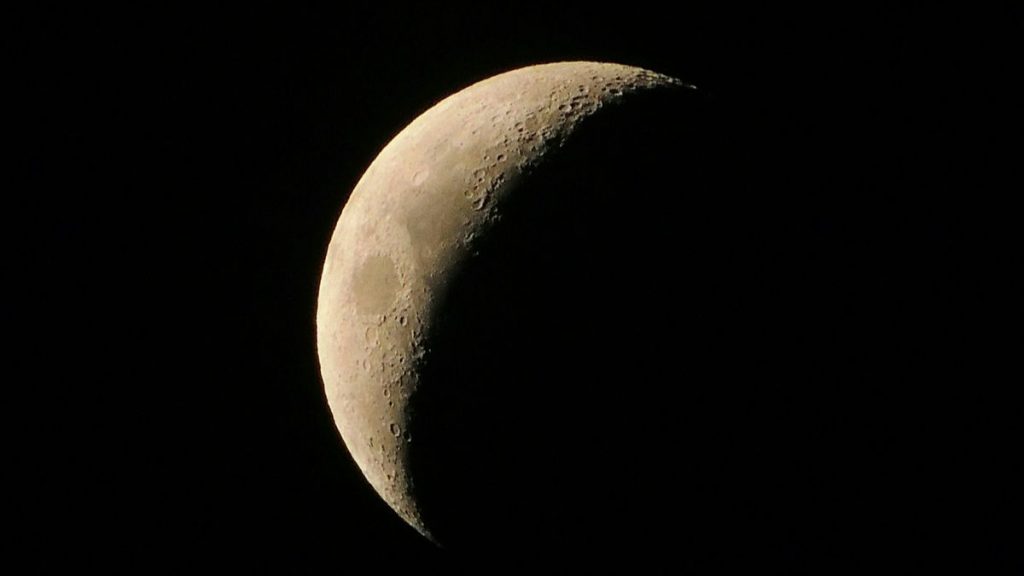In medieval England, 1110 turned out to be a disastrous year. Torrential rains damaged crops, leaving behind a famine-stricken land and to make matters worse, one night in May, the Moon vanished.
A very strange disappearance
In research published in the journal Nature Scientific Reports, researchers fromUniversity of Geneva suggest that a combination of volcanic ash and sulfur as well as colder weather may have been at the origin of this mysterious phenomenon.
Described in the Peterborough Chronicle, Anglo-Saxon manuscript, this disappearance was not related to the cloud cover, since it is specified that the night was clear and that the stars had remained visible and sparkling when our natural satellite had vanished. “ On the fifth night of May, the Moon appeared, bright in the evening, and thereafter, its light gradually diminished. As soon as night came, it went out so completely that no light, orb, or anything else could be seen. This continued almost until the day when she reappeared full and shining. “
By analyzing ice cores, scientists previously determined that a huge upheaval had occurred in Earth’s atmosphere about a millennium ago, after a massive cloud of sulfur-rich particles passed through the stratosphere before falling back. sure Earth, causing a marked darkening of the sky. If it had been confirmed that the disappearance of Moon had taken place, various theories had so far been advanced in an attempt to explain the reasons.
Some speculated that the sulphurous deposit had been left by a major eruption of the Icelandic volcano Hekla in 1104. However, a more recent analysis, based on the timescale known as ” Greenland Ice Core Chronology 2005 “(GICC05), had highlighted incorrect dates for some of the events.

The eruption of a Japanese volcano in 1108 probably at the origin of the phenomenon described
Based on the latter, the Swiss researchers deduced that this eruption could not have caused this specific phenomenon, and subsequently examined medieval documents describing lunar eclipses likely to correspond to the event observed in 1110.
” The spectacular atmospheric optical phenomena associated with high altitude volcanic aerosols have attracted the attention of chroniclers since ancient times. », Specify the authors of the study. ” And it turns out that the reported luminosity of lunar eclipses can be used both to detect volcanic aerosols in the stratosphere and to quantify stratospheric optical depths following massive eruptions.. “
As they continued their research, the team discovered that another major volcanic eruption had occurred in Japan in 1108. By combining written testimonies, observations of tree rings and other historical documents, scientists concluded that the event of Mountain Asama was probably at the origin of the disappearance of the Moon, which occurred two years later.
According to the authors of the study, this work once again highlights the major impact of volcanic eruptions on Humanity over the centuries.

